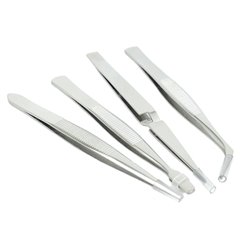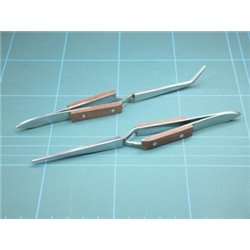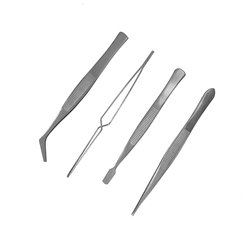Mainline Railways was a British model railway brand that operated between 1976 and 1983, introduced by Palitoy, the...
No products
Product successfully added to your shopping cart
There are 0 items in your cart. There is 1 item in your cart.
Search Tips
What is the difference between a traditional DC motor and a coreless motor?
DC motors such as the ones in your model engines, work on the principle of an armature (made of several wire coils to create a series of electromagnets) spinning around inside a casing that has regular magnets placed around its inner wall. The interaction between the electronically magnetised armature and the static magnets of the casing produces movement and a few cogs later, your model trundles down the tracks.
Both coreless and regular motors work on roughly this principle. What is different though is how the wire coils that create the electromagnets are supported to create their operational shape. In a regular motor, the wire will be wrapped around an iron framework specifically designed to create the shapes necessary to act as an electromagnet, however, a coreless motor needs no such framework, this is due to the wire coils (windings) being woven into a honeycomb pattern to create a self-supporting cylinder. The strength of the cylinder is often enhanced with epoxy but the lack of the iron framework (core) is what gives this type of motor its name.
The advantages of coreless motors are less friction, resistance and weight, this is due not only to the omittance of the iron core but also to advances in the materials used to construct key components of the motor. These reductions in stress to the motor generally result in a longer lifespan for coreless motors. Another advantage of coreless motors is that there can't be any magnetic interference between a core and a casing's static magnets which on regular motors can sometimes require your loco needing a small shove to get it going should it have been parked with the motor unluckily in a certain stage of its rotation, for this same reason you should notice that coreless motors run more smoothly and quietly too.
The downside of coreless motors is that they can't be serviced. As most coreless motors are likely to be in sealed casings when they're worn your only option is to replace the motor whereas older motors can usually be kept running with a little knowhow for decades.
Click here to receive the tips weekly in your mailbox. You can unsubscribe at any time.










